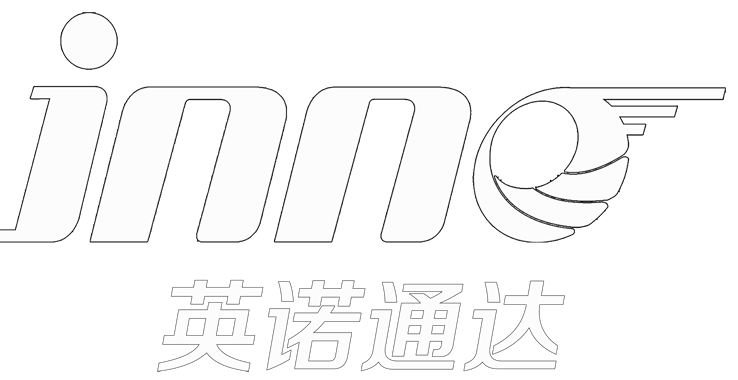Online monitoring of transformer temperature
Date: July 31, 2025 17:05:57
Transformer temperature online monitoring is a key means of ensuring the safe operation of equipment, the mainstream way can be divided into two categories of contact and non-contact, the core difference lies in whether the sensor is in direct contact with the measured part, the choice needs to be combined with the electromagnetic field environment, installation conditions and the need for accuracy of comprehensive consideration.
Contact monitoring obtains data through direct contact between the sensor and the heated parts of the transformer (e.g., windings, oil level), and is currently the most widely used method.
- core principle: Utilizing the characteristic of the resistance value of materials such as platinum (Pt100) and copper (Cu50) that changes with temperature, the temperature is converted by measuring the resistance value.
- dominance: High precision (error ±0.1℃~±0.5℃), strong stability, suitable for oil-immersed transformer top oil temperature monitoring.
- inferior: Wiring connection is required, which is susceptible to interference in strong electromagnetic environments; Winding monitoring requires pre-burial, and installation costs are high.
- Applicable Scenarios: Directly accessible parts such as the surface of the transformer tank and the cooling system oil circuit.
- core principle: Two different metal conductors form a closed loop, the temperature difference generates a thermoelectric potential and the temperature is calculated from the value of the potential.
- dominance: High temperature resistance (can measure - 200℃~1300℃), fast response time, suitable for hot spot monitoring of windings.
- inferior: Slightly less accurate than RTD (error ±1℃~±2℃), requires temperature compensation circuit, and has poor long-term stability.
- Applicable Scenarios: Dry-type transformer windings, high-temperature areas inside the transformer.
- core principle: Some fluorescent materials emit fluorescence after being excited by light of specific wavelengths, and the characteristics of fluorescence, such as intensity and decay time, change with temperature, and the temperature value is obtained by detecting the changes in these characteristics.
- dominance: Strong resistance to electromagnetic interference, good insulation performance, suitable for high-voltage environments; higher measurement accuracy and faster response speed.
- Applicable Scenarios: High-voltage windings, transformer interiors, and other areas where strong electromagnetic interference and high measurement accuracy are required.
Non-contact monitoring calculates temperature indirectly by sensing changes in the infrared radiation or electric field of an object, and is suitable for scenarios where it is not convenient to install contact sensors.
- core principle: Based on the blackbody radiation law, the infrared radiation energy is captured on the surface of the device by an infrared camera or probe and converted into a temperature value.
- dominance: Non-intrusive installation for long range (meters to tens of meters) monitoring and support for thermal imaging visualization.
- inferior: Highly influenced by the environment (e.g. dust, fog can cause errors) and cannot directly measure internal temperatures (e.g. windings).
- Applicable Scenarios: External components such as transformer housings, bushings, etc., or retrofitting of old equipment (no outage wiring required).
- core principle: Combine contact sensors (e.g. RTDs) with wireless modules to transmit data via protocols such as LoRa, ZigBee, etc.
- dominance: No wiring, low installation cost, multi-point network monitoring.
- inferior: The signal is easily shielded by the metal casing, and the battery life is limited (typically 1~3 years for replacement).
- Applicable Scenarios: Distributed monitoring (e.g., multiple transformer clusters), temporary inspections, or areas with difficult cabling.
| Monitoring method |
core principle |
dominance |
inferior |
Applicable Scenarios |
| RTD Sensors |
Resistance variation with temperature |
High precision and stability |
Requires wiring, weak anti-electromagnetic interference |
Oil level, tank surface |
| Thermocouple Sensors |
Temperature difference generates a thermoelectric potential |
High temperature resistance and fast response |
Lower accuracy, compensation required |
Dry winding, high temperature areas |
| Fluorescent Fiber Optic Sensor |
Fluorescence characteristics with temperature |
Strong resistance to electromagnetic interference and high precision |
- |
High-voltage windings, internal strong electromagnetic environment |
| infrared thermometry |
Infrared radiation energy conversion |
Non-invasive, visualization |
High environmental impact, surface temperature measurement |
Shells, casings, retrofitting of old equipment |
| wireless sensor network |
Contact sensors + wireless transmission |
No wiring, flexible deployment |
Signal easily blocked, limited battery life |
Distributed monitoring, difficult wiring areas |
In the online monitoring of transformer temperature, each type of method has its own characteristics. RTD and thermocouple as the traditional contact mode, respectively, in the accuracy and high temperature resistance to show the advantages; fluorescent fiber optic sensors by virtue of strong anti-electromagnetic interference and high precision, in the high-voltage and strong electromagnetic environment of the internal monitoring performance; infrared temperature measurement and wireless sensor network is non-contact, flexible deployment of the highlights. In actual application, it is necessary to combine the type of transformer, operating environment, monitoring parts and requirements for accuracy and cost, choose the appropriate way or combination of applications to achieve comprehensive and reliable monitoring.













